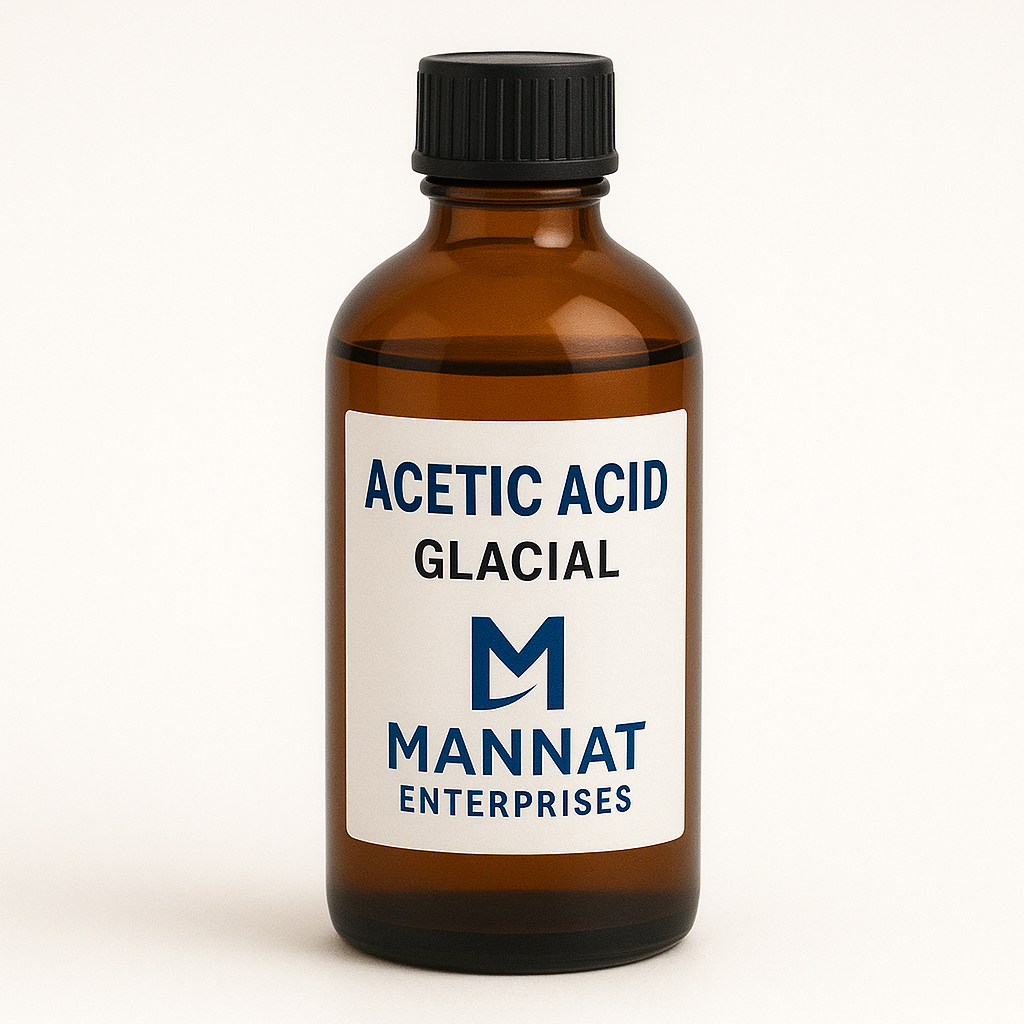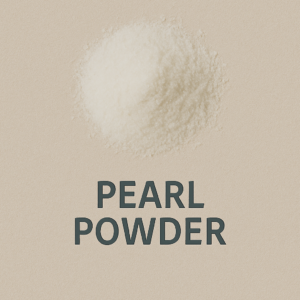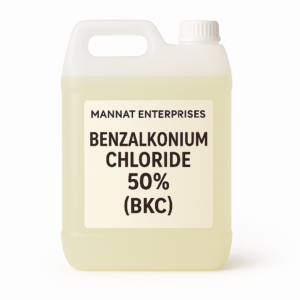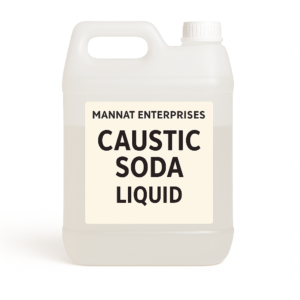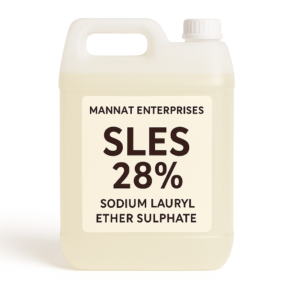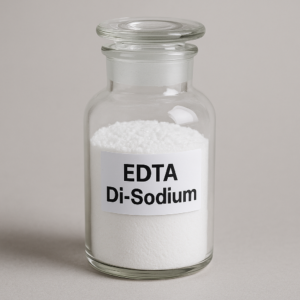Introduction:
Acetic Acid Glacial is a highly concentrated, colorless organic acid with a strong pungent odor. Known chemically as ethanoic acid, it is called “glacial” because it solidifies just below room temperature into ice-like crystals. This high-purity acid is widely used across chemical, food, textile, cleaning, and pharmaceutical industries due to its versatile acidic and solvent properties.
What is Acetic Acid Glacial?
Acetic Acid Glacial is 99%+ pure acetic acid with minimal water content. It is a key organic acid used in both industrial and lab-scale applications. Naturally found in vinegar (around 4-8%), the glacial version is far more concentrated and corrosive, and is used only in formulations or under proper dilution.
Applications of Acetic Acid Glacial:
-
Chemical Industry:
-
Used in the synthesis of acetic anhydride, acetate esters, and vinyl acetate monomer (VAM).
-
A common acid catalyst in various organic reactions.
-
-
Cleaning Industry:
-
Powerful scale remover and disinfectant.
-
Used in toilet cleaners, descalers, and industrial degreasers.
-
-
Textile & Dyeing:
-
Acts as a pH adjuster and mordant for better dye fixing.
-
Prevents color bleeding and enhances brightness.
-
-
Food Industry (Food Grade):
-
Regulated as E260 (only food-grade version).
-
Used in sauces, pickling, and pH control under safe concentrations.
-
-
Pharmaceuticals:
-
Utilized in formulation of antibiotics like Penicillin G Acetate.
-
Used in ear drops and as a solvent in medical synthesis.
-
Key Features & Benefits:
-
⚗️ High Purity (≥99%): Ensures efficient results in chemical processes.
-
🧪 Strong Acidic Strength: Lowers pH and reacts well with alkalis and metals.
-
🧼 Effective Cleaner: Removes rust, scale, and mineral deposits.
-
🌿 Organic Compound: Biodegradable and naturally occurring acid.
-
🎯 Versatile Applications: From cleaning to food preservation to synthesis.
Technical Specifications:
-
Chemical Name: Acetic Acid (Glacial)
-
CAS Number: 64-19-7
-
Chemical Formula: CH₃COOH
-
Purity: ≥99%
-
Appearance: Clear, colorless liquid
-
Odor: Sharp vinegar-like
-
Melting Point: 16.6°C (becomes solid at low temps)
-
Boiling Point: 118°C
-
Solubility: Miscible with water, alcohol, and ether
-
Shelf Life: 24 months (sealed, cool, dry place)
✅ Usage Instructions:
-
Dilution Required: Must be diluted before use in household or cosmetic applications.
-
Cleaning Products: Use in 5–15% concentration with water.
-
Textile/Dyeing: Typically used in 1–2% bath concentration.
-
Food Applications: Use only food-grade version in very low ppm as per FSSAI or FDA guidelines.
⚠️ Always use gloves, goggles, and ensure good ventilation while handling.
✅ FAQs (Frequently Asked Questions):
Q1. What is the difference between regular vinegar and glacial acetic acid?
Vinegar contains 4–8% acetic acid, while glacial acetic acid is 99% pure and highly corrosive.
Q2. Can I use glacial acetic acid for descaling or rust removal?
Yes, it is very effective in removing hard water scale, rust, and mineral deposits — but must be diluted properly.
Q3. Is it safe for food applications?
Only food-grade acetic acid (E260) is safe in controlled amounts. Industrial-grade must not be used for food.
Q4. Does it freeze at room temperature?
It can solidify below 16.6°C, hence called “glacial”.
Q5. Can it be used in cosmetic formulations?
Yes, in low concentrations (typically <1%) for pH adjustment, under expert guidance.
✅ Disclaimer:
This is a highly concentrated acid and must be used with caution. For industrial and formulation use only. Keep away from children. Always dilute before use and follow appropriate safety protocols including PPE (gloves, goggles, mask).

